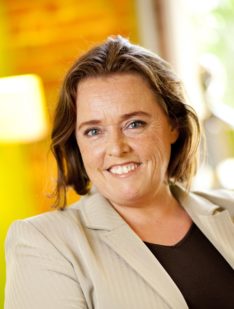Why the grey market has become so appealing
In this guest post, Gill Walker says the grey market of 50-plus Australians is as diverse as the coveted 18-35s demographic, so why aren’t marketers more effectively targeting them?
Over the past 10 years of selling the story that 50-plus is sexy, I am delighted to see the increasing interest in media opportunities aimed at older people.
MevCorp Research recently released The Wise Up! Research Study, the most comprehensive Australian research study (it claims) ever undertaken into the 50+ market. The study revealed that brands and services who continue to ignore this well-heeled, large and growing demographic do so at their own peril.
The greatest growth has been in the explosion of digital media offerings, with a number of lifestyle and directory-based websites popping up specifically targeted at the mature consumer. Websites such as Guide, WYZA, Starts at 60 and Over Sixty have joined the ranks of long-running websites such as Your Life Choices and agedcareguide.com.au.



• Australia has 7.9M people 50+
• Spend over $200 billion per annum on products and services
• In 2020 there will be 8.8 million 50+ just under half of all adults in Australia
• A staggering 88% feel they are largely ignored by businesses
• Only 12% think brands are interested in them
• Yet they hold 40% of Australia’s net worth
• Spend $4 billion on products and services each week
• People turning 50 today have more than half of their adult life ahead of them
Media agencies need to better understand this market. Time and time again I read an article about the 50 plus audience and media agencies find a picture taken in a aged care home to put with a story. When in fact most cashed up 50 plus are fit, fun and living their 50s to the max.
Well said Mike.. And as we know oak trees don’t produce acorns until they’re 50 years old